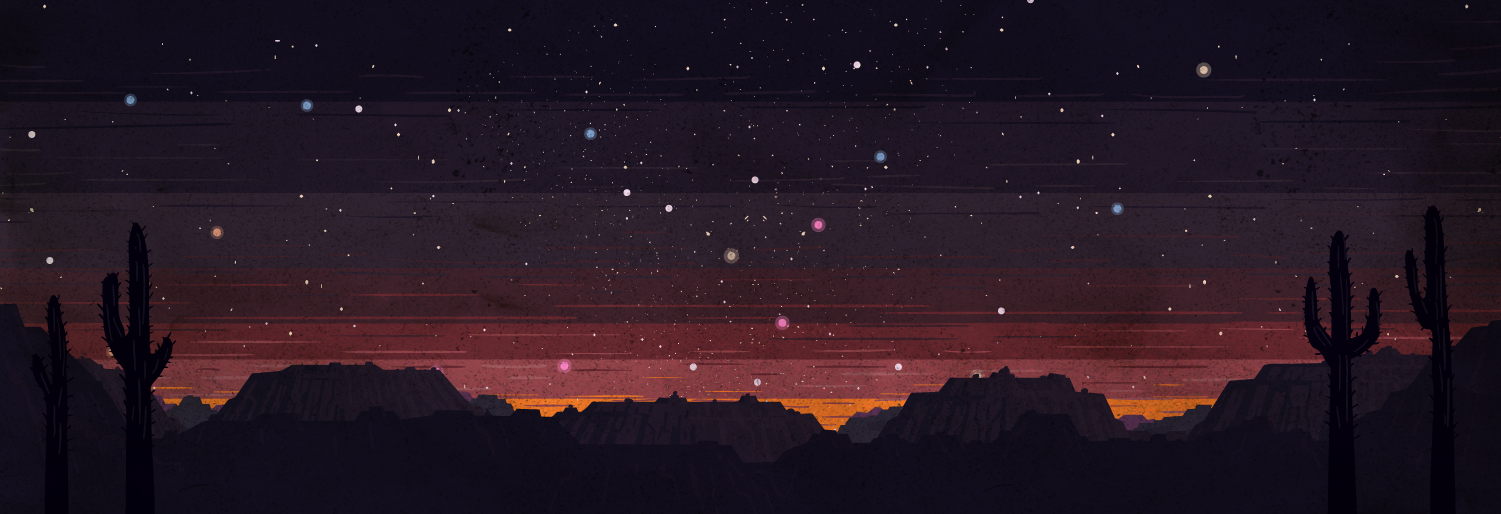

How We Get To Next was a magazine of the future. It launched in September 2014, and closed in May 2019.
Our editorial mission was guided by our belief that the future needs a new framework. We called this approach structural futurism: a way of imagining the future that focuses on how people interact with systems, be it corporate agriculture or institutional racism. Inspired by Steven Johnson’s 2014 book, How We Got To Now, as well as the 2016 BBC and PBS adaptation, we told stories about the “long zoom” view of human life. (For us, the future is as much about the past and the present as it is about what follows.) How We Get To Next asked questions like: How should power be administered? How should resources be distributed? How should systems be structured? What we think about the future changes how we think about–and what we do–now.
Futurism has long been a tool–and toy–of the powerful. From century-old stories like John Carter of Mars to 21st-century projects like Elon Musk’s high-price-tag space tourism, futurism (a present-day vision of, and investment in, the future) often imagines existing hierarchies in different places and in different times–thus perpetuating them. People have long critiqued these visions of the future; movements like Afrofuturism, among others, have done crucial work in deconstructing their false promises. How We Get To Next built on that same work.

Our multi-part series took a big-picture view of things like the future of reproductive health in India and the world’s next big pandemic. Our features dug into systemic bias in Silicon Valley technology, the colonial roots of tuberculosis in southern Africa, and the cultural impact of the “Instagram eyebrow.” Our columnists explored space, disability, food, and health–as well as the systems that shape our understanding of those topics. Our purview was global, and the voices we published were as well. The future won’t solely be white, male, straight, or from the West. We tried not to be either.
A nonprofit digital publication, How We Get To Next was funded in part by the Bill & Melinda Gates Foundation. The vast majority our content was published under Creative Commons licenses–if you are interested in republishing any of our work, please click through here.
Now that we have closed, we would like to thank all of our former editors, in various positions over the years, for making Next what it was: Alice Bell, Abigail Ronck, Duncan Geere, Kristen Taylor, Molly McArdle, Gabe Stein, and Susannah Kemple. We’ve also had the privilege of working alongside guest editors on various collections and series: Ken Banks, Florence Okoye, Alicia Kennedy, and Kenny Fries. Special thanks, too, to Eden Brackenbury for her wonderful art and art direction.
If you have any queries about the site, please contact our publisher, Storythings–hello@storythings.com.
All the best,
Ian Steadman, Elizabeth Minkel, and Darren Garrett


How We Get To Next was a magazine that explored the future of science, technology, and culture from 2014 to 2019.
